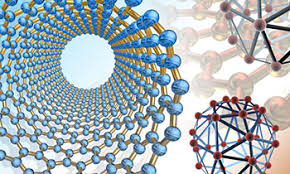Mechanical and Materials Engineering, Department of

Department of Mechanical and Materials Engineering: Faculty Publications
ORCID IDs
http://orcid.org/0000-0001-5130-300X
http://orcid.org/0000-0003-1191-0782
Document Type
Article
Date of this Version
2020
Citation
MATER. RES. LETT. 2020, VOL. 8, NO. 8, 299–306 https://doi.org/10.1080/21663831.2020.1755379
Abstract
Plastic deformation and fracture behavior of Cu/V nanoscale metallic multilayers (NMMs) were systematically investigated through in situ transmission electron microscopy testing. Two different types of interfaces: sharp interfaces and interfacial transition zones (ITZs), formed in the as-fabricated Cu/V NMMs. Upon deformation, sharp interfaces and ITZs exert distinct influences on the fracture behavior of Cu/V NMMs. Sharp interfaces can impede the crack propagation by deflecting the crack propagation and blunting the crack tip, while the ITZs can induce microcracks and facilitate the fracture process. These findings shed light on the important roles of interface structures in the deformation of a broad class of NMMs.
Included in
Mechanics of Materials Commons, Nanoscience and Nanotechnology Commons, Other Engineering Science and Materials Commons, Other Mechanical Engineering Commons


Comments
2020 The Author(s)